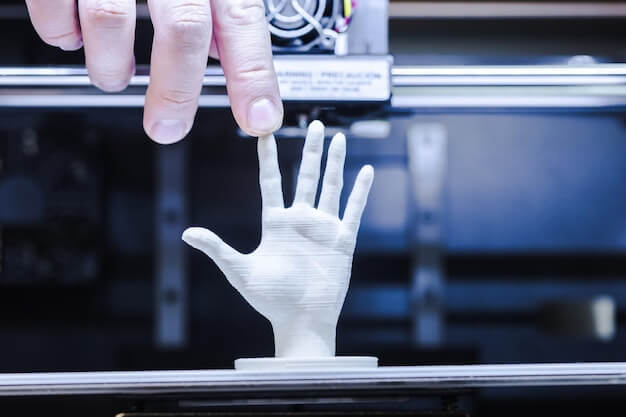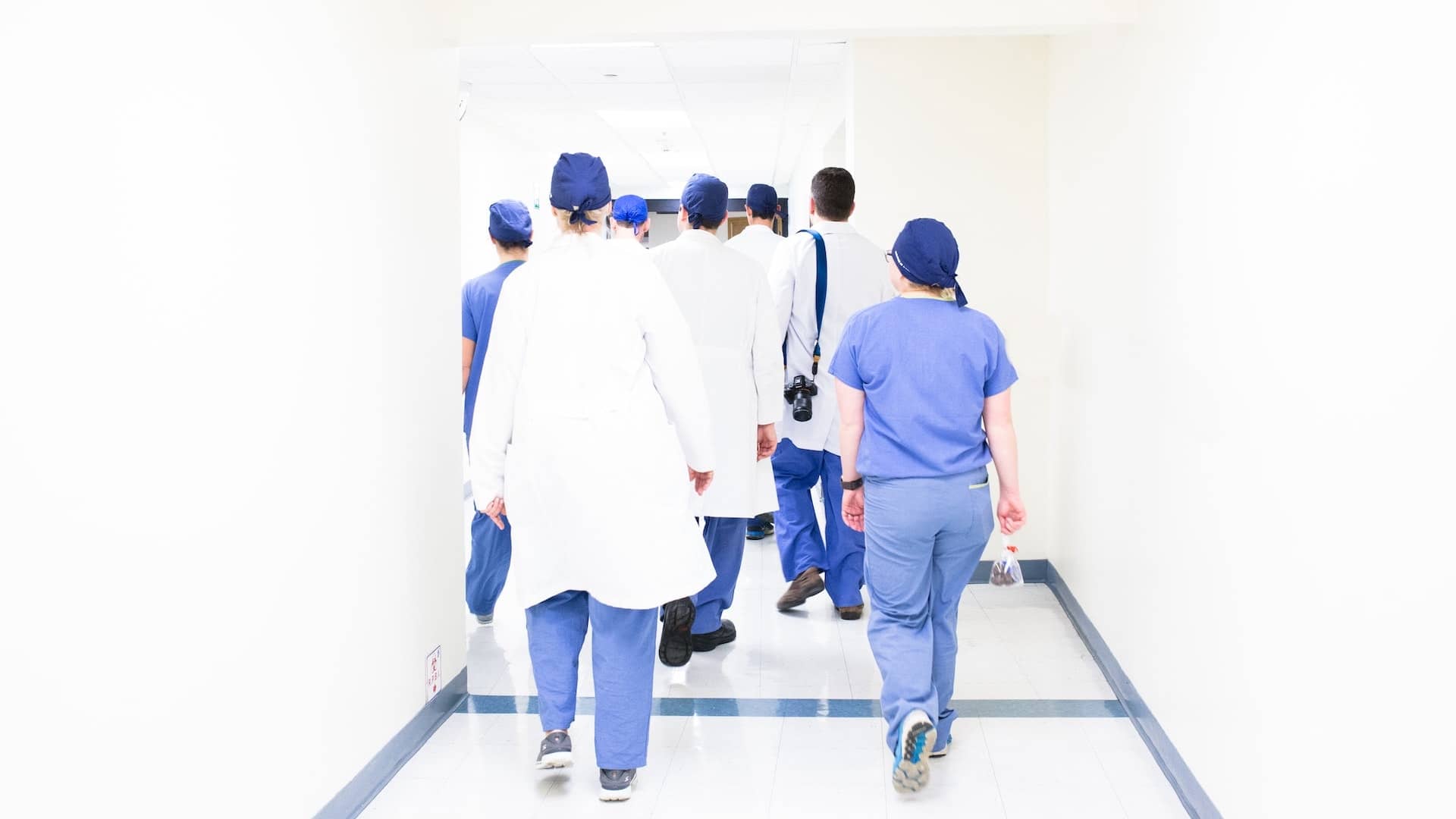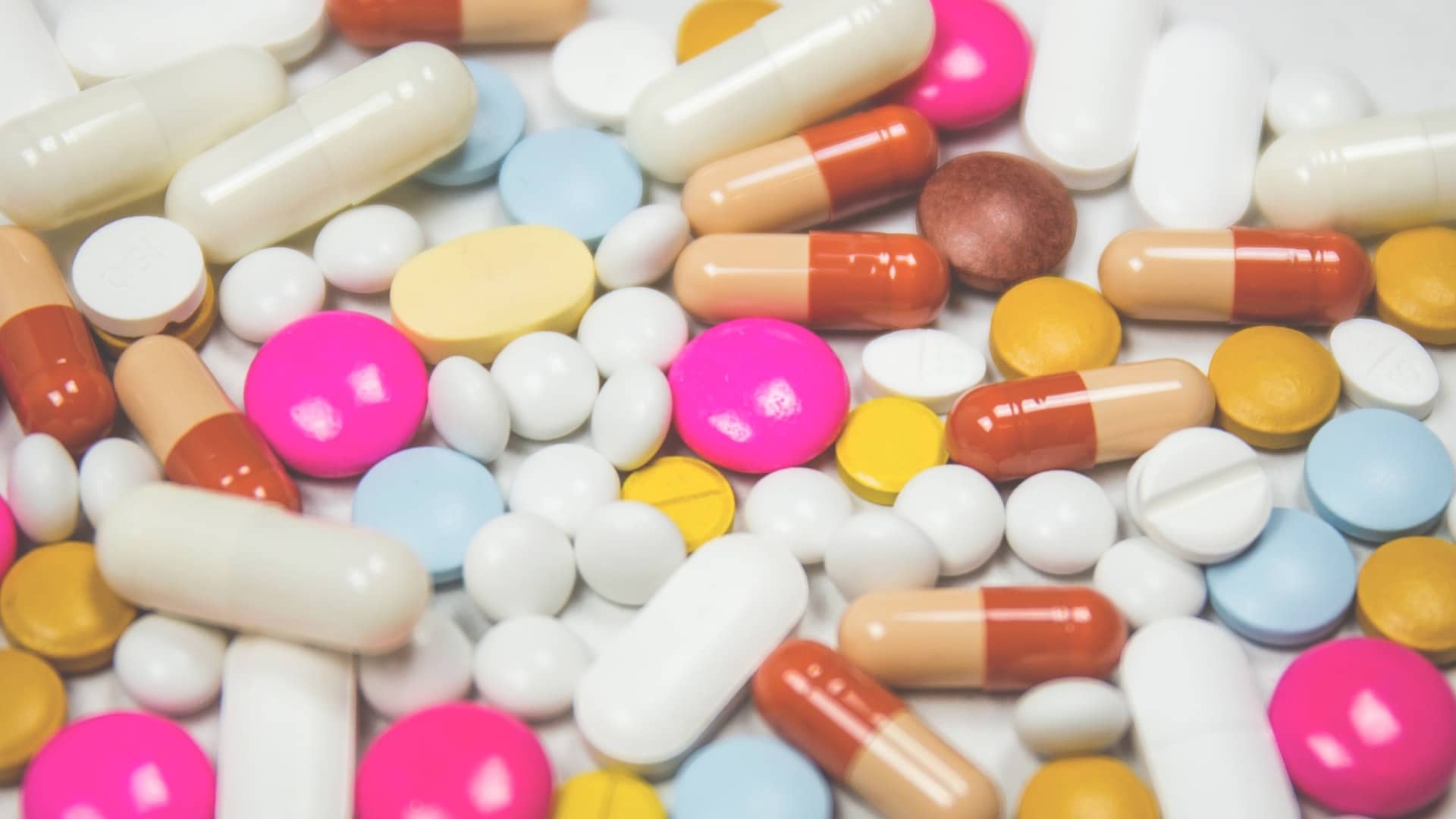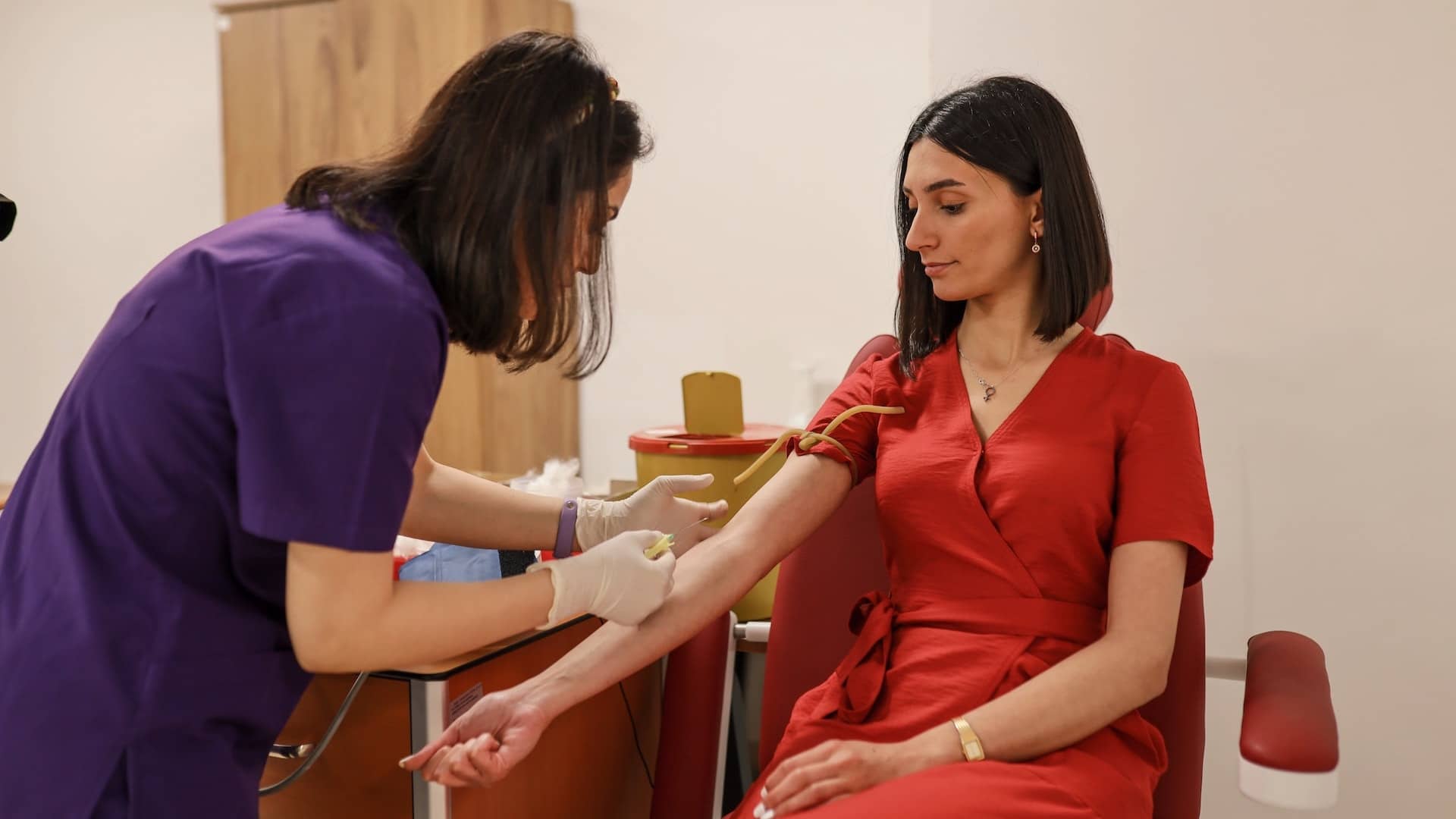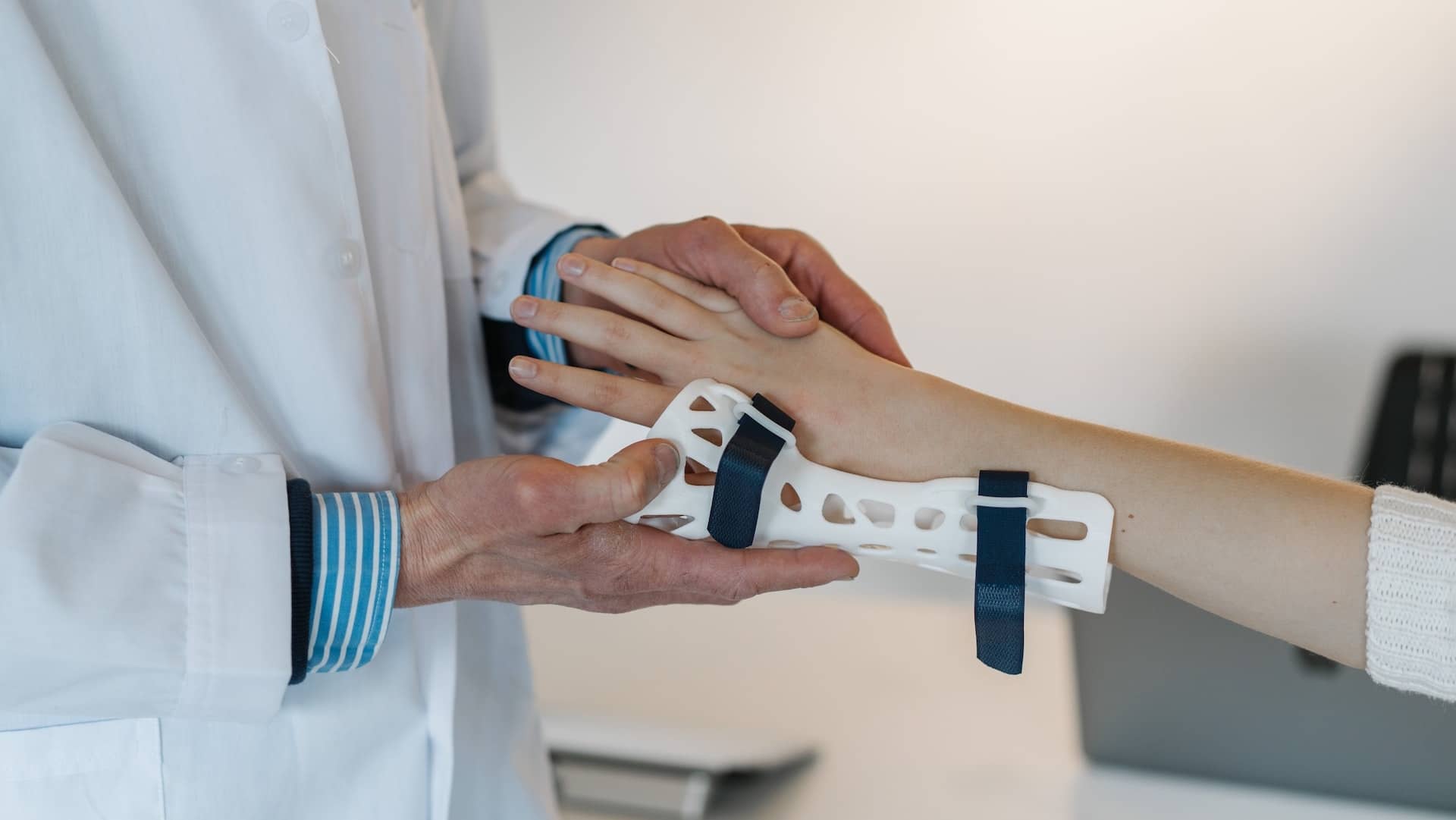Medical engineers at Walter Reed National Military Medical Center are using additive manufacturing to develop customized prosthetic solutions for veterans. In fact, the center is even operating a 3D Medical Application Center (3DAC). There, a team of specialized engineers and 3D printing technicians are developing customized equipment according to the requirements of veterans.
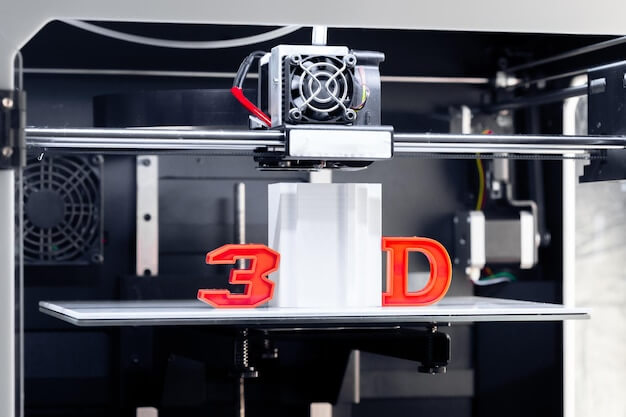
In the military field, 3D printing has a new application, but this time it is not to print drones or weapons, but to print artificial limbs for soldiers who have lost limbs in the battlefield.
It is understood that medical engineers of Walter Reed National Military Medical Center are using additive manufacturing to develop customized prosthetic solutions for veterans. In fact, the center is even operating a 3D Medical Application Center (3DAC). There, a team of specialized engineers and 3D printing technicians are developing customized equipment according to the requirements of veterans.
3DAC received a request from the Ministry of Defense and the Department of Veterans Affairs to develop some customized assistive devices for veterans. If there are no existing parts or equipment on the market, the team will design and develop customized equipment by itself.
In one case, the team developed a special 3D print foot called "Short Feet", which can be installed on the disabled leg of a veteran. The reason was that a veteran wanted a set of artificial limbs so that he could walk around the swimming pool during his honeymoon without wearing a complete artificial leg. Faced with this requirement, the 3DMAC team first printed a pair of feet that can be easily connected to the leg stump with plastic 3D, and then printed the final version with titanium alloy 3D after confirmation.
This is just one of the 3D printing projects of 3DMAC. In addition to auxiliary equipment, the center is also responsible for the research and production of medical equipment, such as surgical planning models, customized dental implants, skull plates, etc.
One project worth mentioning is to scan the faces of soldiers before entering the war. These 3D scanning data will be compiled into a database. In case of misfortune, such as a soldier's disfigurement or facial injury in an explosion, his or her 3D scanning data can be used for facial reconstruction.
"We will create what our wounded soldiers need," 3DMAC said.


